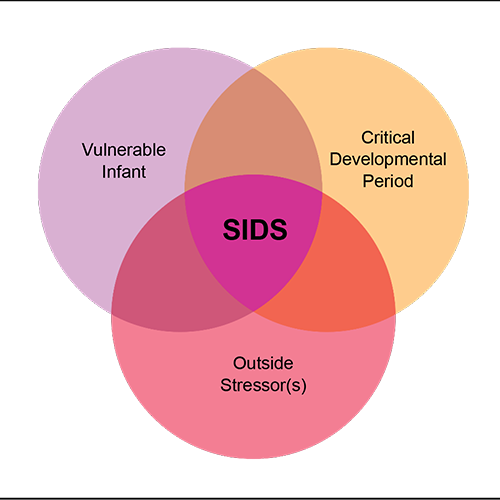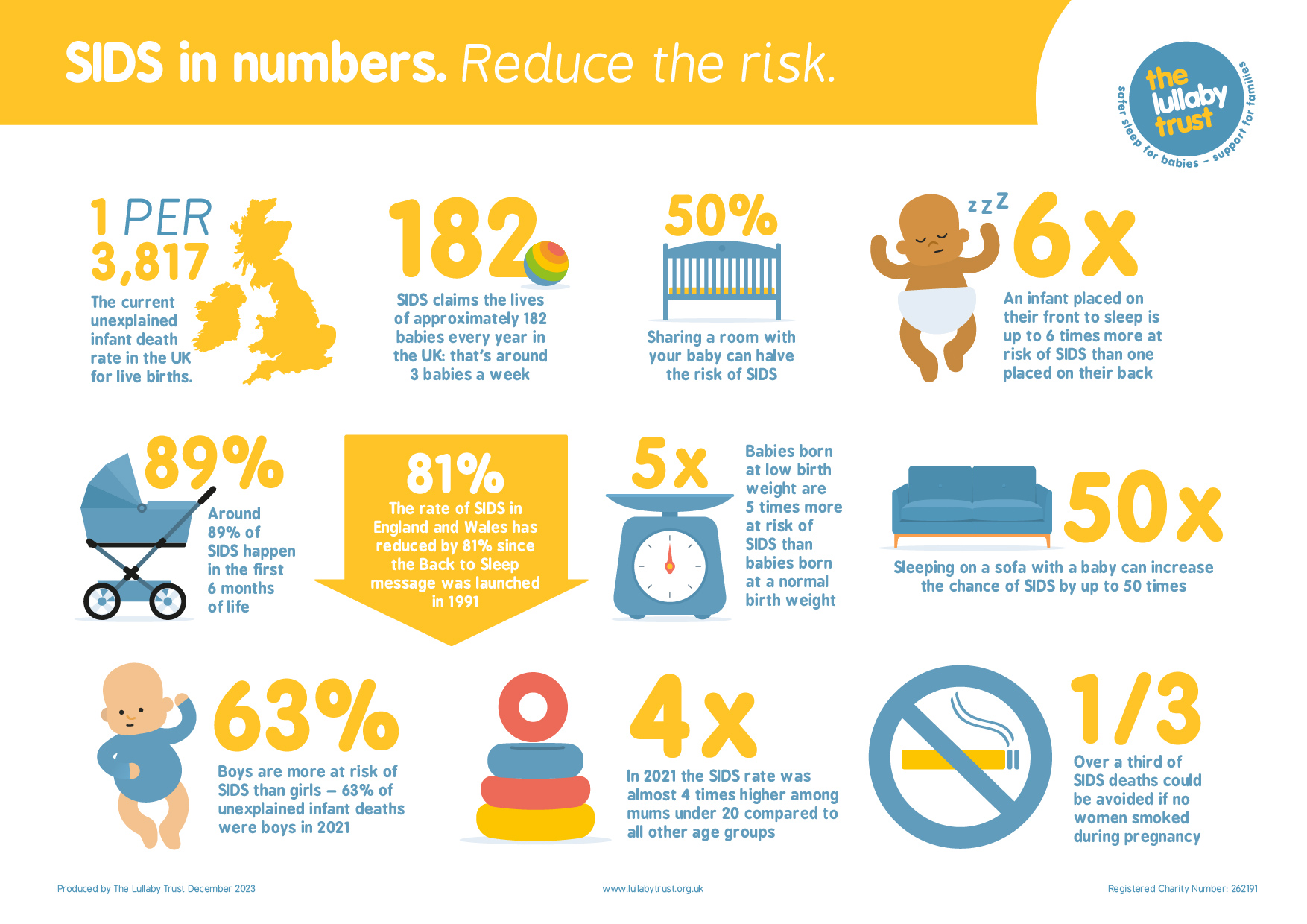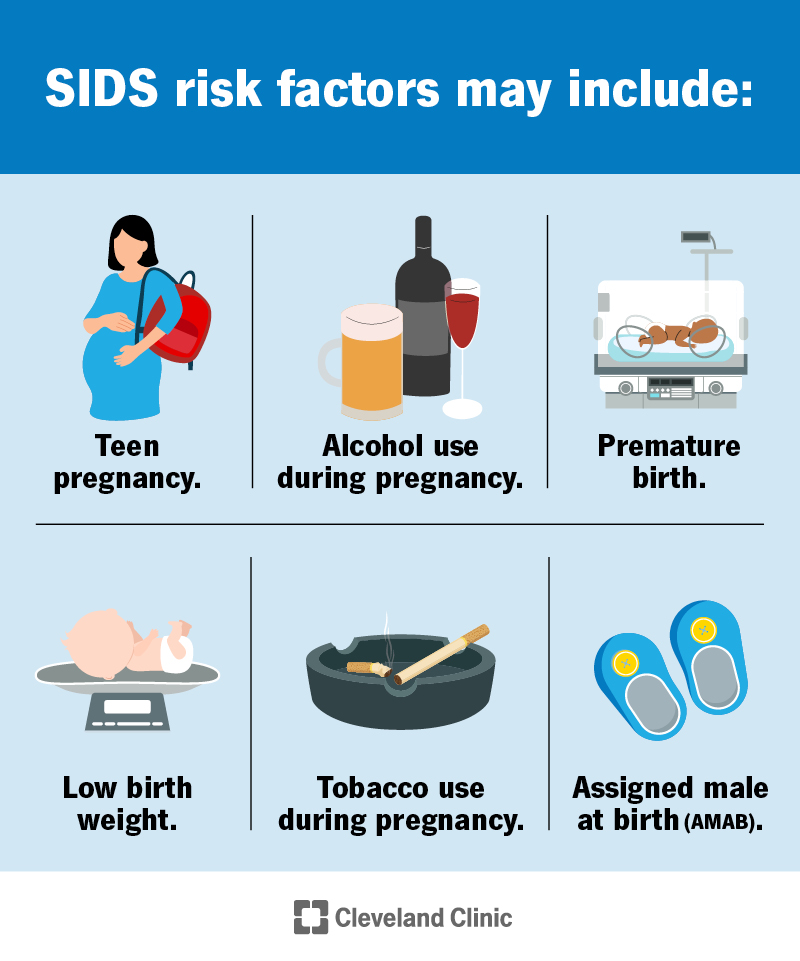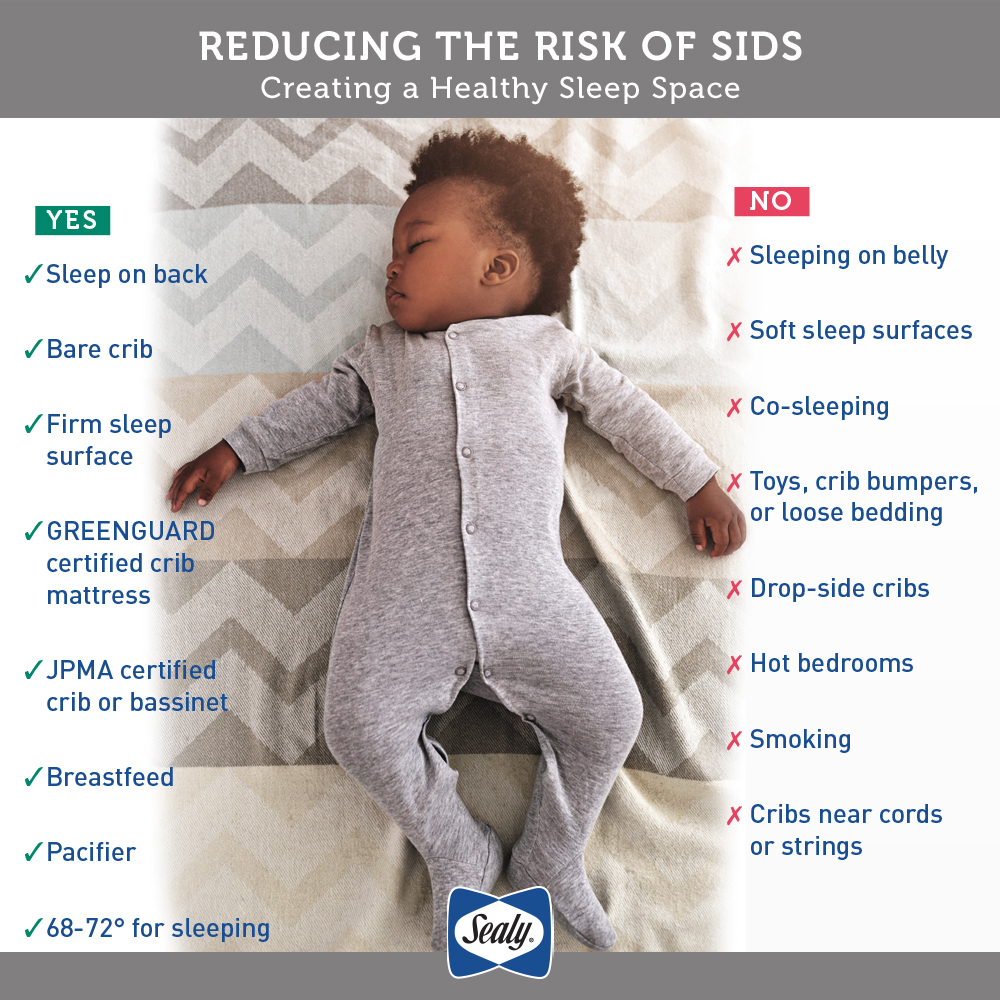The Mayo Clinic defines Sudden Infant Death Syndrome (SIDS) simply as the unexplained death of a child. This definition is not specific, but that is because we do not know a lot about SIDS. Typically infants that die of SIDS are under a year old, healthy, and simply pass away in their cribs, asleep. Despite there not being a lot known about the ailment, around 2,300 babies in the United States die of SIDS each year, a rate much higher than other countries. While SIDS is the death of a child under a year old, it is most common in an infant between one and four months. It is more common in boys than girls, and most deaths occur in the fall, winter, and early spring.
The specific cause of SIDS is not known. However, there are some theories as to how to explain it. According to the National Institute of Health, researchers have found problems in the brains of babies who have died from SIDS. In some cases, there was a problem in the network of nerves that control breathing, heart rate, blood pressure, temperature, and waking form sleep. Other researchers theorize that changes in the genes of an infant mat cause problem with the body functions previously mentioned. Some infants who have died from SIDS have even been found with high levels of serotonin in their blood, suggesting that this may play a role. However, despite this research, the physiological etiology of SIDS is still unknown. In addition, there is no current way to detect any of these problems the a baby is still alive.
 |
| https://safetosleep.nichd.nih.gov/about/causes |




No comments:
Post a Comment